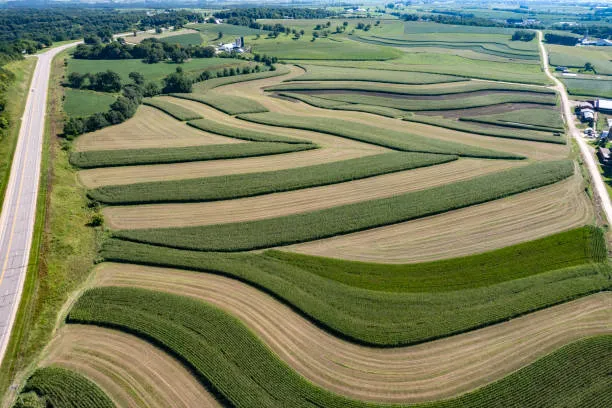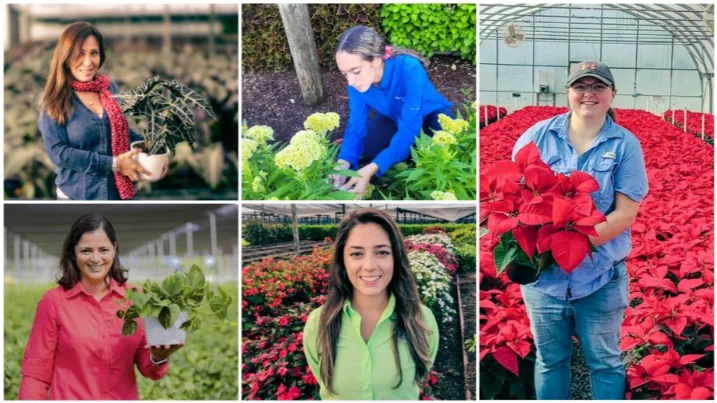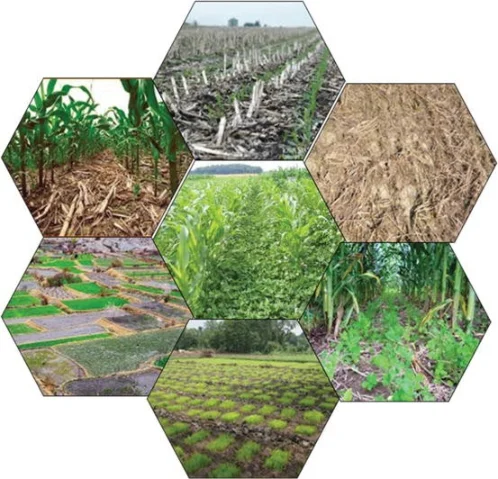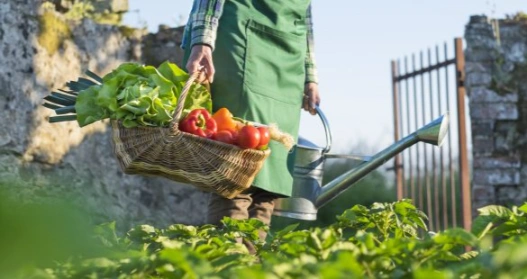Contour Plowing, if you are a farmer or a gardener, you know how important it is to protect your soil from erosion and conserve its moisture and fertility. You also know how challenging it can be to achieve these goals, especially if you have sloping land.
But what if I told you that there is a simple and effective technique that can help you do both? It’s called contour plowing, and it has been used for centuries by farmers around the world. In this blog post, I will explain how it works, and what benefits it can bring to your soil and crops.
I will also give you some tips on how to implement it on your own land. By the end of this post, you will have a better understanding.
What Is Contour Plowing?
It is a farming technique that involves plowing furrows along the natural curves and contour lines of sloping fields. Instead of plowing straight up and down the slopes, farmers follow the lay of the land.
This technique works like a safeguard against erosion by preventing water from gaining excessive speed and washing away precious topsoil. It also helps retain moisture in the soil by creating mini-terraces that hold water like little reservoirs.
This way, moisture is available for plant roots to access, promoting healthy growth and reducing the need for excessive irrigation.

How Does Contour Plowing Work?
To implement contour plowing effectively, farmers need to identify the contour lines of their fields. Observing the natural curves and patterns of the land or using simple surveying tools enables one to achieve this.
Once the contour lines are marked, the plowing can begin. Farmers should follow these steps:
| Sr No. | Important Steps |
|---|---|
| 1- | Start at the highest point of the field and plow along the contour lines. |
| 2- | Maintain a consistent depth and width for the furrows. |
| 3- | Avoid turning the soil too much, as excessive disturbance can disrupt its structure. |
| 4- | Repeat the process across the entire field, ensuring that each furrow is level and follows the contour lines accurately. |
What Are The Benefits Of Contour Plowing?
It has many benefits for the soil and the crops. Here are some of the main ones:
Preventing Soil Erosion
Soil erosion is a pressing concern for farmers worldwide. When rainwater flows downhill, it gains momentum, becoming a force that can carry away fertile soil.
It acts as a defense mechanism, effectively slowing down water movement and encouraging its absorption into the soil.
By plowing along the contour lines, farmers create mini-barriers that trap the water, giving it time to infiltrate the ground instead of running off and causing erosion.
Conserving Soil Moisture
Water is crucial for the health and productivity of crops. It helps retain moisture in the soil. The furrows created by following the land’s contours create small terraces, which hold water like little reservoirs.
This way, moisture is available for plant roots to access, promoting healthy growth and reducing the need for excessive irrigation. Conserving soil moisture not only benefits crops but also contributes to water conservation efforts.
Preserving Soil Fertility
When topsoil is eroded, it takes away essential nutrients necessary for plant growth, leading to decreased crop yields. Conserving the soil and ensures that future generations can continue to cultivate the land and rely on its productivity.
It can also helps maintain the soil’s organic matter and microbial activity, which are vital for its health and fertility.
Increasing Crop Yields
It can improve crop yields by creating favorable conditions for plant growth. By reducing soil erosion and water runoff, and also prevents the loss of valuable soil and nutrients.
By conserving soil moisture, it reduces the stress on plants and enhances their vigor and resilience. By preserving soil fertility, it supports the optimal development of crops and their quality. All these factors can lead to higher and more consistent crop yields.

How To Implement Contour Plowing On Your Own Land?
If you want to try on your own land, here are some tips to help you get started:
Choose The Right Crops
It works best with crops that have deep and extensive root systems, such as grasses, legumes, and cereals. These crops can help stabilize the soil and prevent erosion.
Avoid crops that require frequent cultivation, such as potatoes, carrots, and onions, as they can disturb the soil.
Choose The Right Equipment:
It requires a plow that can follow the contour lines accurately and create uniform furrows. You can use a conventional plow, a chisel plow, or a disk plow, depending on your soil type and preference.
You can also use a contour gauge or a level to mark the contour lines and guide your plowing.
Choose The Right Time
It should be done when the soil is moist but not wet. Plowing when the soil is too dry can cause it to break into fine particles that are more prone to erosion.
Plowing when the soil is too wet can cause it to compact and lose its structure. The best time to plow is usually in the spring or fall, depending on your climate and crop cycle.
Combine With Other Practices
It can be combined with other practices that can enhance its effectiveness and benefits. For example, you can use crop rotation, cover crops, mulching, and organic fertilizers to improve the soil’s health and diversity.
You can also use strip cropping, terracing, and contour bunds to further reduce erosion and runoff.

Conclusion
Contour plowing is a simple and effective technique that can help you protect your soil from erosion and conserve its moisture and fertility. By following the natural curves and contour lines of your land, you can create a more sustainable and productive farming system.
It can also improve your crop yields by creating favorable conditions for plant growth. If you want to try on your own land, follow the tips and guidelines in this blog post and see the difference for yourself.
Related Posts:
Commercial Grain Farming: Main Uses And Impacts
Current Events In Agriculture: Climate Change & Population Growth
Mediterranean Agriculture Farming: Features, Benefits & Challenges
Agricultural Revolution: Key Causes, Effects & Shape The Modern World
What Is O Farming: Make Money Online, Get Start & Benefits

Meet Our Expert Agricultural Administrator
Welcome to agrigreenhands.com, your dedicated hub for all things related to agricultural farming. Leading the way in our commitment to sustainable and innovative practices is Jawad Hussain, our esteemed administrator with a profound background in agriculture….


